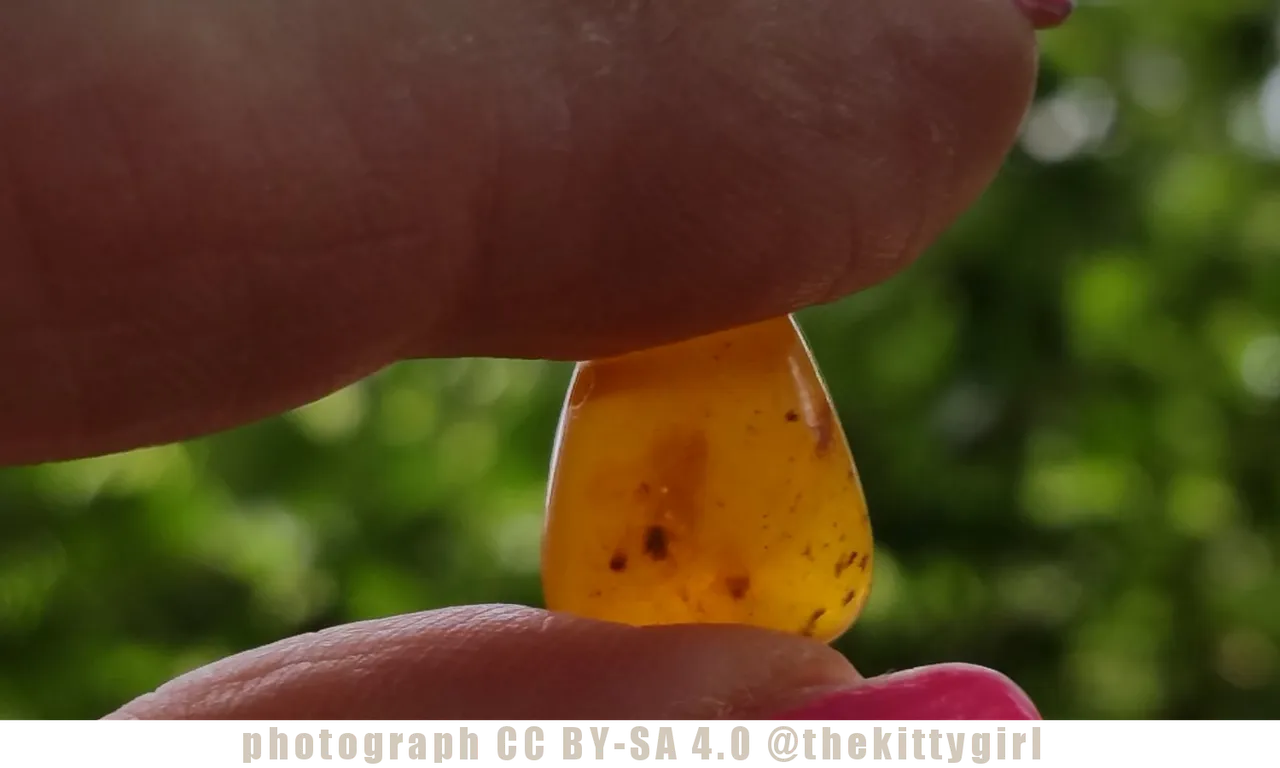Plants secrete resins for their protective benefits in response to injury. The resin protects the plant from insects and pathogens. [2]
Many different resins are derived from plants and trees, each with their own particular properties and uses. There is amber, balsam, benzoin, copal, frankincense, hashish, mastic, myrrh, and turpentine among the most commonly known. Turpentine, of course, is widely used in many parts of the world as a solvent. Copal, balsam, frankincense, and myrrh are used as fragrances in incense and other products. Frankincense and myrrh were also important in the embalming process in ancient Egypt. Benzoin is useful as a fixative in incense and perfumes, helping to prevent other fragrances from fading so quickly. Hashish can be smoked. Mastic can be used as a spice in cooking or chewed as a breath freshener. Many of these resins have multiple uses and have made them very prized throughout history.

Resin is liquid when it oozes from the trees, but is thick and viscous. Soon after reaching the air, it begins to harden but often remains a relatively soft, sticky blob. When trees decay and are buried due to landslides, earthquakes, floods, and other action, however, heat and pressure can compress the resin and make it somewhat hard, like a rock. That is the version of amber that is often used for jewelry. The bracelet pictured below is not mine, but an example image of a piece of amber jewelry.
Although somewhat hard, amber is still around 2.0–2.5 on the Moh's Hardness Scale but is still acceptable for use as jewelry. Frequently, amber is mounted in pendants, rings, or earrings. Most amber is a shade of yellow, orange, or brown. Sometimes the presence of pyrites or other compounds can cause rare bluish or greenish colors, which are highly prized and can be more costly.
Sometimes as the amber is hardening, little bits of leaves or insects can become trapped inside, making an interesting fossilized record. Such pieces are often sought by collectors of mineral specimens and jewelers. I have a piece of amber that has little bits of leaves in it:

Amber is often found by by geologists, miners, and others who dig in the earth. It can also be found washed-up on beaches, which is the frequent way it was collected in ancient times.
Amber is translucent, meaning that light can pass through it even though it is not clear as glass. This can highlight the things trapped inside it. When looking at a piece of amber jewelry, it is hard to remember that it started as liquid from a tree!
 😊
😊SOURCES
1 Wikipedia: Amber
2 Wikipedia: Resin



 to learn more about either of these projects, please visit: @heyhaveyamet or @steemterminal
to learn more about either of these projects, please visit: @heyhaveyamet or @steemterminal
05-Feb-2020

